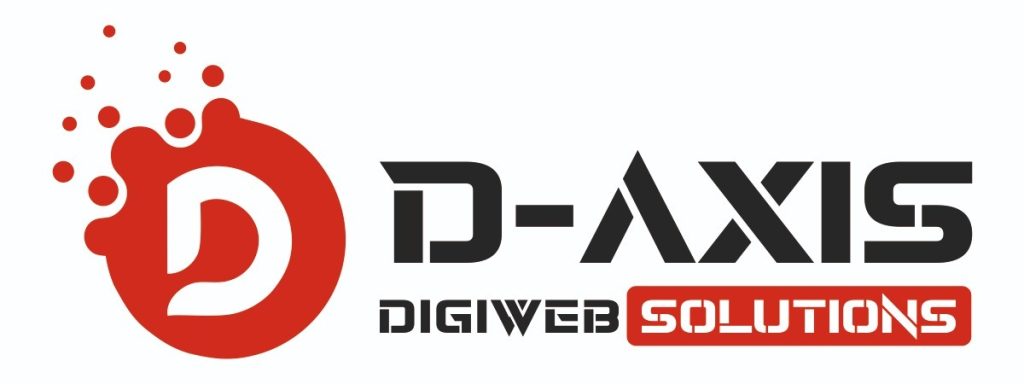As an eCommerce seller, you want to keep your products in stock, fulfill orders quickly and efficiently, and make sure that your customers can find the items they wish to buy!
eCommerce Inventory management is the most critical process in eCommerce. Without this process, your business will be unable to manage its inventory, resulting in excess stock and poor customer experience. This article explores exactly what it means to do inventory management for an eCommerce site and how you can make sure that everything runs smoothly.
What is inventory management?
An inventory management software is a type of software used to maintain the inventory levels and other aspects of the company’s operations. It can be as simple or sophisticated as needed.
For example, if you’re running a small online store, it might be wise to invest in a more simple system that allows for quick ordering and purchasing. However, suppose you’re running a large company with lots of inventory. In that case, you’ll want an inventory management software that can process multiple orders on the fly and keep tabs on all your items.
Inventory management is managing and maintaining the inventory for an organization, usually a company that sells products. Inventory management is critical in a business because it helps control costs by ensuring that the right amount of goods are available and not too expensive.
For example, a company may have 1000 units of a particular product in their inventory, and the company’s cost for each unit is $100. They may set their desired inventory level at 100 units, meaning they will pay $10,000 for their inventory this month.
Purchasing and maintaining an appropriate inventory level helps companies avoid carrying too much load.
Types of inventory management:
Inventory management is a process that manages the flow of goods, and it’s an integral function of any eCommerce business. It’s essential to have accurate inventory data to know the number of products you need to buy for your store. You also need to effectively forecast demand so that you can order enough products without overstocking or understocking items.
There are three types of inventory management systems:
- The Pull Strategy
In a pull, strategy brands are manufacturing stocks based on the clearly defined demand from consumers.
In essence, the customers are pulling products off the label, which creates a market of demand and supply. When a customer requests a product, then the brand will provide it. Pull strategies work well for companies trying to keep costs for inventory at a minimum. If demand for a product fluctuates rapidly, there could be problems with adjusting production levels to meet demand, resulting in the need to stock out. The negative of stocking up on Amazon is a decrease in order and a decrease in the organic ranking of products.
- The Push Strategy
The push strategy happens in offering products in response to anticipated or predicted demand.
As opposed to waiting around for a client to request an item, as with pulling models, companies using the push model would make as many items as they think their customers would require and then sit back and wait for demands to arrive. It is easier to maintain low operating costs with the push model since you’re making more products simultaneously. However, there’s also more risk in pulling strategy. When the market demand does not match the expected levels, then a company may be left with an enormous surplus inventory, which can reduce costs for the cost of the item overall.
- Just In Time Strategy
A just-in-time (JIT) inventory method happens when the creation of products is according to a demand-based schedule that allows the delivery of the product to a customer at the time they ask for it.
The JIT model reflects aspects of both the push and pulls strategies since it requires the customers to be vocal about their needs and have a thorough grasp of market forecasting to succeed. The JIT strategy is based on manufacturers having the raw materials in stock but not producing products until demand comes in. This can help keep expenses low but could delay the delivery of the final product to customers. It is currently not recommended to employ this method for your Amazon company due to the inconsistencies with Amazon’s shipping partners and the longer than typical time to receive goods from warehouses caused by COVID-19.
Why is this important for online businesses?
Inventory management is heavily studied and researched for several reasons, mainly because it’s the key to maximizing profitability.
The main principles of inventory management come from when a company needs to hold an inventory over what can be sold during a specific period. An inventory level that is too high will lead to unnecessary costs in the form of carrying expenses such as rent, electricity, wages, etc. On the other hand, an inventory level that is too low will lead to lost sales due to stock-outs or increased order processing times.
How to set up a sound inventory management system?
It is important to have inventory management software for e-commerce businesses because it helps keep track of all of your inventory, ensuring you don’t sell out of a product before restocking it. Generally, managing your inventory can be done by looking at the numbers in an Excel spreadsheet and keeping track of when items sell, or seeing all of your inventory items at once.
Some other reasons why having inventory management software is essential is that it helps you know what products you need to order, how much space your store needs, and how much money you are making on each item.
If you are a large online retail store retailer, you know first how much time it takes to keep track of your inventory. It’s hard enough to keep up with the multiple channels you sell your products on, but it’s even harder to have an accurate inventory list at all times.
Most retailers are understaffed, which is why they need inventory management. If you want the one solution to all your eCommerce problems, you should go with the Webshop Central Solution, where you can solve your all eCommerce problems in one place.
Why am I saying Webshop Central Solution? Because everyone knows the website’s importance, but no one knows the efficient use, and after some time it is heard that “no sales”. In Webshop Central Solution you will get the freedom to generate sales, manage reports, and marketing as well at one place.
Make your website into a 24*7 salesperson
Warehouse management eCommerce software helps streamline warehouse processes, including receiving, picking and packing, and shipping your orders. When it’s simultaneously integrated with your shopping cart and marketplace sales channels, you can ensure that the right product is shipped to the right customer at the right time. Manage multiple locations, track inventory levels to avoid overselling, and integrate with other warehouse solutions like fulfillment services. Websites Shop Central Solution helps automate order fulfillment to work smarter, so you can sell more!
Features:
- Webshop Central Solution helps small and medium-sized businesses who sell online at multiple marketplaces reduce errors, increase efficiency and increase sales.
- It takes care of order fulfillment, product return management, and delivery.
- Webshop Central Solution is the one software solution for inventory management, order management, and accounting for your e-commerce business.
- Its streamlined, cloud-based software simplifies all aspects of running your webshop, so you can focus on growing your sales.
- It provides cutting-edge technology to monitor your shop’s performance at any time.
- Benefit from a high-quality platform offering superior speed, security, and proven flexibility
Wrap Up
Webshop Central Solution is designed to meet the evolving business needs of specialty retailers. As a single solution that unites Point of Sale, inventory, CRM, and e-commerce in one system, Webshop Central Solution has been helping retailers of all sizes. A real cloud-based software solution means easy maintenance, updates, and support. It is one software for in-store and online for ease of use and integration with the point of sale system. Scales up well with multi-store support features.
“Webshop Central Solution is the intelligent, real-time inventory management solution for Webstores.”
Contact us who want to efficiently manage the inventory and sales of their business and sell products to their customers in a centralized manner.


